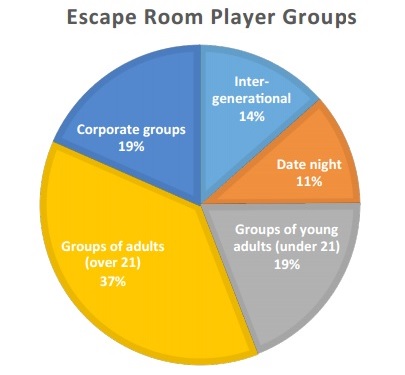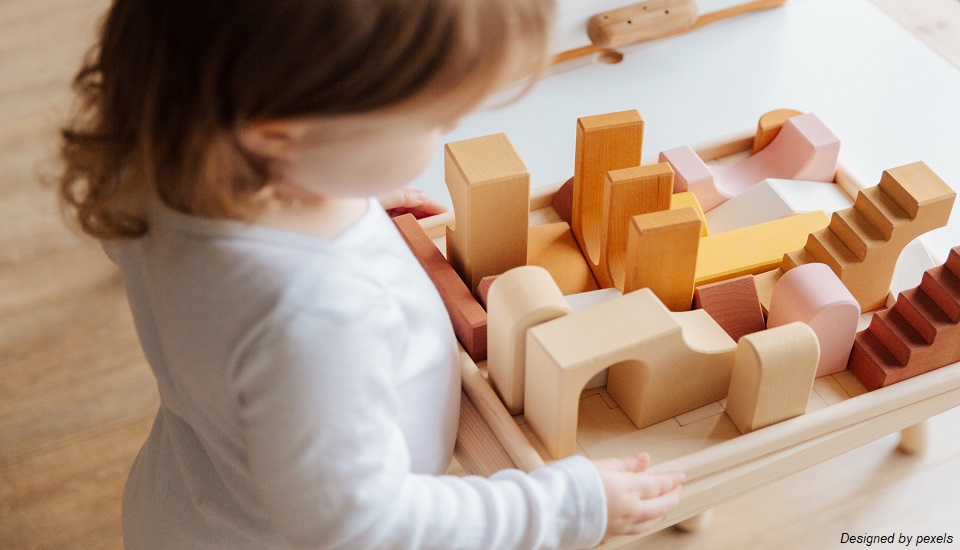Escape rooms are becoming increasingly popular as a fun and interactive way to learn. Classroom escape rooms are a great way to engage students in active learning while still providing educators with complete control over the content and difficulty level.
Escape room games are not just only famous for kids; this concept attracts people from every age bracket people. According to Oveit.com, the percentage of adult people is higher than that of young learners when it comes to engagement with Escape room games.

If you’re interested in setting up your own classroom escape room, this guide will show you how to do it step-by-step. We will cover everything from choosing a theme to designing puzzles to creating a fun and safe environment for your students.
Note: If you want to upgrade yourself with more exciting topics like this then we do recommend our Post Graduate Diploma in Educational Leadership program, which will surely help you to upgrade your skill.
Now without any further delay, let’s get to know everything about the Escape Room and How you can set it up successfully?
What is an escape room?
An escape room is an immersive, real-life puzzle game where teams of participants are locked in a room and must work together to solve puzzles and decipher clues in order to escape before their time runs out. Players may also search for hidden objects and use strategies to uncover the path to their freedom. Escape rooms can vary widely in themes and challenges, ranging from puzzles that are easy enough for elementary school students to challenges that are difficult enough to challenge even the most experienced problem-solver.
Why are escape rooms popular?
Escape rooms offer a unique and engaging experience that is sure to appeal to all players. Unlike traditional games, escape rooms require a variety of puzzle-solving skills as well as logic and creative thinking. They also promote teamwork, critical thinking, and problem-solving skills. Additionally, escape rooms can be tailored to fit any age level, meaning that even the youngest students will be able to participate and enjoy the experience.
Escape Room Games are becoming increasingly popular among kids and adults alike. They are a great way to challenge yourself and have fun at the same time. There are many different kinds of escape room games, each with its own unique challenge.
Here are a few of the most popular types of escape room games for kids:
- Room escape games: These types of escape room games usually take place in a single room. The objective is to find a way to escape the room within a certain time limit.
- Puzzler games: These escape room games typically involve solving a series of puzzles in order to progress. The objective is to solve all the puzzles before the time runs out.
- Adventure games: These escape room games are usually longer and more complex than the other types. They often involve completing a series of tasks or challenges in order to progress. The objective is to complete all the tasks before the time runs out.
How can you use escape rooms in the classroom?
The immersive nature of escape rooms makes them an excellent tool for teaching. In the classroom, these puzzles can teach students different problem-solving approaches and encourage collaboration among group members. They also provide a unique way to bring different subjects together in a way that is both engaging and fun. For example, a history-themed escape room can help reinforce lessons on the civil war, while a science-themed escape room can help teach physics concepts.
How do you set up a classroom escape room?
Before you can begin setting up your classroom escape room, you first need to decide on a theme. This will help guide the design of your escape room and determine which puzzles and clues you use. It is important to keep in mind the age and abilities of your students when selecting a theme. Once your theme is chosen, you can begin thinking about the puzzles, objects, and clues that are needed to complete the escape. Puzzles can range from physical challenges to puzzles that require students to solve a problem or decipher a code. Additionally, you should make sure to select objects that are safe for student use and can be easily cleaned and reused.
How do you run a classroom escape room?
Once you’ve set up your classroom escape room, it’s time to run it! Before you begin, you’ll need to review the rules of the escape room with your students. Make sure that everyone understands the goals and how to safely play the game. Then, assign each student a role and assign teams. Once your teams are ready, you can start the game. Monitor the game closely and provide hints if needed. It is important to keep watch over the game to ensure that it is safe and fun.
Tips for making your escape room successful:
When it comes to setting up and running a successful escape room, there are a few tips to keep in mind. First, try to keep your theme relevant and interesting to your students. Second, make sure to keep the puzzles and tasks appropriate for their ages. Third, provide hints and clues if needed to keep the game moving along. Finally, make sure to monitor the game closely to ensure that it is both safe and fun.
Escape-room is fun
Escape rooms are a great way to engage students in the classroom and help them learn in a fun and interactive way. While the setup process can be intimidating, the steps outlined in this guide make the process much easier. With careful planning, you will be able to create a unique and exciting experience for your students. With these tips, running a classroom escape room is sure to be an enjoyable and rewarding experience for everyone involved.
In addition, you can learn and upgrade yourself by absorbing this kind of modern and exciting concepts with our recommended Post Graduate Diploma in Educational Leadership program as well.









